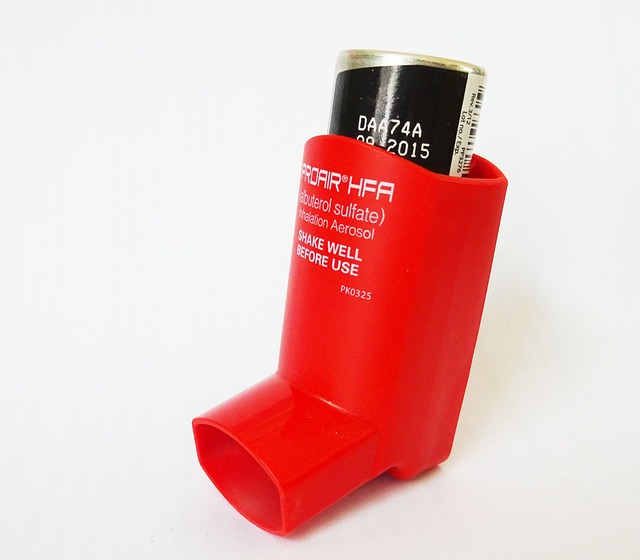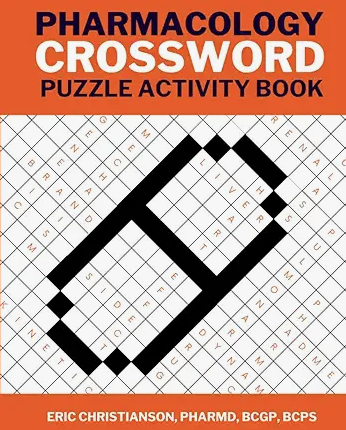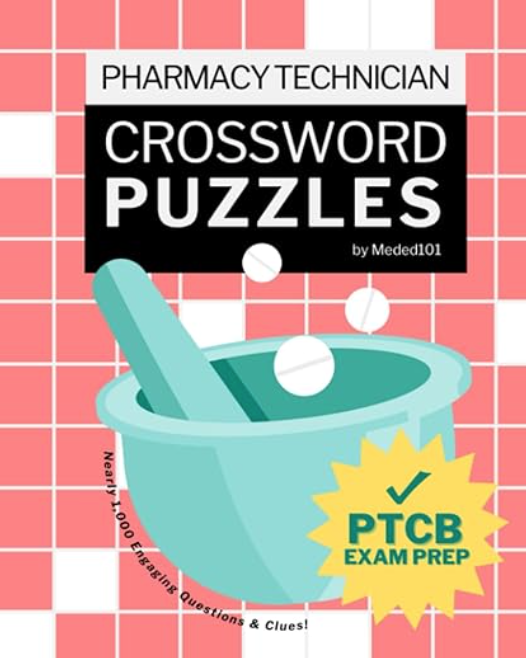Two tests are commonly used in asthma assessments to monitor symptom control and airflow and this blog post will discuss their use and how they determine appropriate treatment options. Important tests pharmacists should know include the Asthma Control Test and a Peak Expiratory Flow. We will discuss them below.
Asthma Control Test
The first of two asthma assessments to know is the asthma control test. An asthma control test (ACT) is a questionnaire that patients fill out to assess their asthma symptoms over the last four weeks. The questions are then scored to determine the patient’s current control of asthma symptoms. According to the 2023 GINA guideline, the higher the ACT score the better control. Scores of 20-25 are considered to be well-controlled, 16-19 are not well-controlled, and any score between 5-15 would be very poorly controlled.1
An ACT test is used once a patient has already been diagnosed with asthma and the provider would like to know how well their current regimen is working. The level of control determines if the patient should step up, step down, or stay on the same asthma regimen according to the GINA guidelines. If a patient is well controlled then they can stay on the current step of therapy, follow-up in 1-6 months, and if they remain stable for ≥ 3 months then they can consider stepping down in therapy.1 If a patient is not well-controlled, consider stepping up one step in therapy, and follow-up in 2-6 weeks to reassess.1 Finally, if a patient is very poorly controlled they should consider stepping up in therapy at least 1-2 steps and consider a short burst of oral corticosteroids to help with the inflammation in the lungs.1 The patient should follow-up in 1-2 weeks to ensure they have better control of asthma symptoms.1
Peak Expiratory Flow
Peak expiratory flow(PEF) is a test that is done to determine lung function. It is done using a peak flow meter which is a hand-held portable device that can be used to assess the patient’s ability to push air out of their lungs. This is another self-assessment to see how the patient is managing their asthma. The patient completes the test three times with a clinician to ensure it is done properly and determine the best peak flow rate. That value will be used in an asthma action plan which is an individualized plan for the patient to self-monitor symptoms and help control exacerbations. The meter will be designated with three zones, green, yellow, and red. In the case of a PEF falling in the green zone, this suggests that the patient is within 80-100% of their personal best and well controlled.2 The patient should continue with their current regimen. If the PEF falls within the yellow zone, the patient is at 50-80% of their personal best.2 The patient should start their designed at-home action plan, starting with the use of bronchodilators to help open up the airway.2 In the case of falling in the red zone, the patient’s PEF is below 50% of their personal best and they should begin the use of bronchodilators immediately.2 (Good info to remember for board exams!) If this does not move them back up into the yellow or green zone, they should seek emergency care.2 These plans are individualized and adding or increasing an inhaled corticosteroid with the bronchodilators would be reasonable as well.
Both of these asthma assessments are beneficial as they are used to assess asthma symptom control. However, they differ in how their results are acted upon. ACT-required changes are determined by the provider and PEF gives guidance for how the patient should make changes to control asthma symptoms.
- 30 medication mistakes PDF
- 18+ Page Drug Interaction PDF
- 10 Commandments of Polypharmacy Webinar based on my experiences in clinical practice
Written by McKayla Narveson, PharmD Candidate in collaboration with Eric Christianson, PharmD, BCPS, BCGP
Popular Amazon Books
- Venkatesan P. 2023 GINA report for asthma. Lancet Respir Med. 2023;11(7):589. doi:10.1016/S2213-2600(23)00230-8
- DeVrieze BW, Goldin J, Giwa AO. Peak Flow Rate Measurement. [Updated 2024 Oct 6]. In: StatPearls [Internet]. Treasure Island (FL): StatPearls Publishing; 2024 Jan-. Available from: https://www.ncbi.nlm.nih.gov/books/NBK459325/









0 Comments